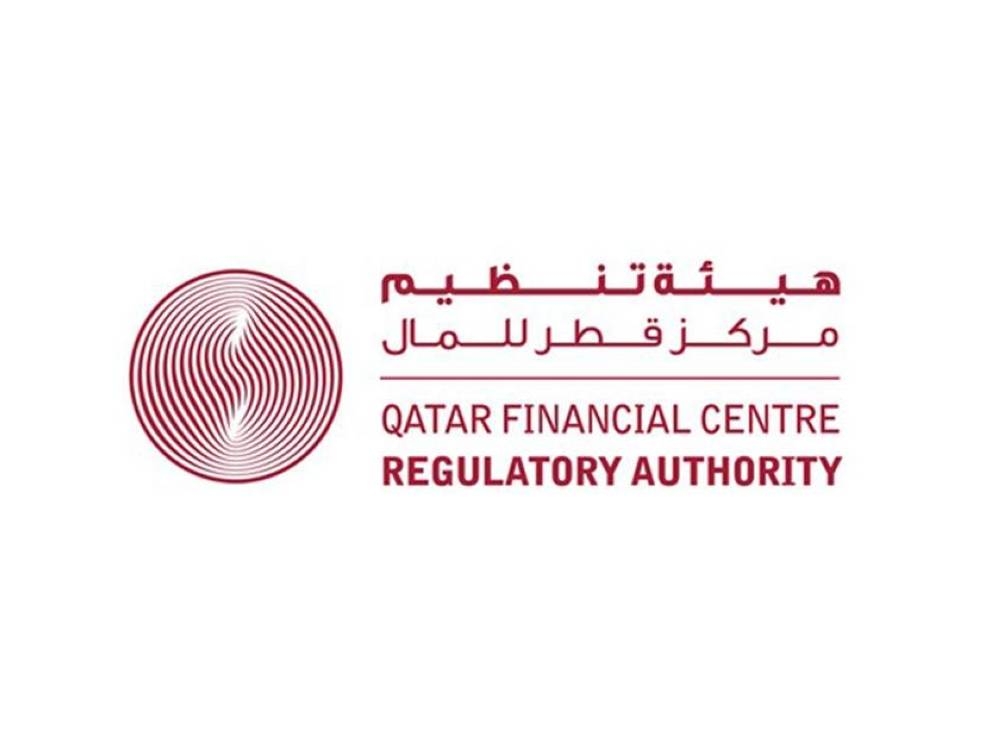The Qatar Financial Centre Regulatory Authority (QFCRA) is proposing to update its prudential Islamic banking regime as part of ongoing work programme to implement the IFSB (Islamic Financial Services Board) framework.
The QFCRA seeks amendments to its extant Islamic Banking Business Prudential Rules 2015 (IBANK) framework to include the IFSB approach for credit risk and BCBS (Basel Committee on Banking Supervision) counterparty credit risk; new norms related to credit risk management, prudential treatment for equity investment in funds, categorisation of problem assets and provisioning, and large exposures framework.
The updated IBANK rules are expected to be in place on July 1, 2024.
It is seeking to assess the impact of these proposals and these revisions support the QFCRA's commitment to the maintenance of high global regulatory standards for conventional and Islamic financial services and the continued development of the QFC as a leading financial and business centre in the Middle East.
The QFCRA has proposed to update capital adequacy requirements in relation to credit risk and market risk in respect of Shariah compliant financing and investment instruments such as profit-sharing investment accounts and exposures relating to investments in sukuk, securitisations and real estate transactions.
Proposing changes to credit risk management framework, the QFCRA seeks to include specific powers to direct banks to set specific credit limits and direct banks credit risk management framework where it considers that an Islamic bank is taking excessive credit risk relative to its financial or operational capacity.
IBANK currently permits banks to use external ratings (where available) to assess exposures to other banks and corporates. Financing-to-Value (FTV) ratios and external ratings are also used to determine risk-weightings for real estate financing exposures.
The IFSB-23 continues to permit the use of such external ratings and FTV ratios, but requires banks to undertake robust due diligence on the risk profile and characteristics of the counterparty before using the external ratings approach. IFSB-23 also introduces a recalibration of risk weightings in most asset classes.
The QFCRA is proposing to update IBANK to include these new risk-weightings and exposures relating to banks and corporates, specialised financing, covered sukuk, real estate, equity, subordinate debt, off-balance sheet and currency mismatch.
The proposed amendments to IBANK to calculate the capital charge for counterparty credit risk (CCR) for Shariah-compliant hedging instruments. CCR relates to potential loss that a firm may incur in the event that counterparty to a transaction default before the final settlement of the transaction's cash flows.
The proposed CCR framework for bilateral transactions relates to exposures arising from over-the-counter derivatives, exchange-traded derivatives, long settlement transactions and securities financing transactions.
The proposed framework includes new definitions for “non-performing exposure” and “forbearance” as well as proposal to introduce additional requirements related to write-downs and write-offs of defaulted exposures and collateral write-downs.
The QFCRA is proposing to include the three approaches to address equity investments in an Islamic investment fund, allowing flexibility for the banks to use one or a combination of the three approaches to the fund’s underlying assets subject to certain conditions.
On the large exposures framework, it said the aim is to act as a backstop to prevent a QFC Islamic bank from incurring disproportionately large losses because of the failure of an individual counterparty or group of connected counterparties due to the occurrence of unforeseen events.
IBANK currently contains provisions dealing with concentration risk and large exposures, which are designed to complement the risk-based capital requirements in IBANK by protecting banks from large losses resulting from the sudden default of a single counterparty or a group of connected counterparties.
However, large exposures provisions in IBANK were issued in 2016 and since that time, the BCBS has published additional qualitative and quantitative guidance on identification, measurement, and specific treatments for certain types of exposures that is relevant to Islamic bank large exposure risks.


